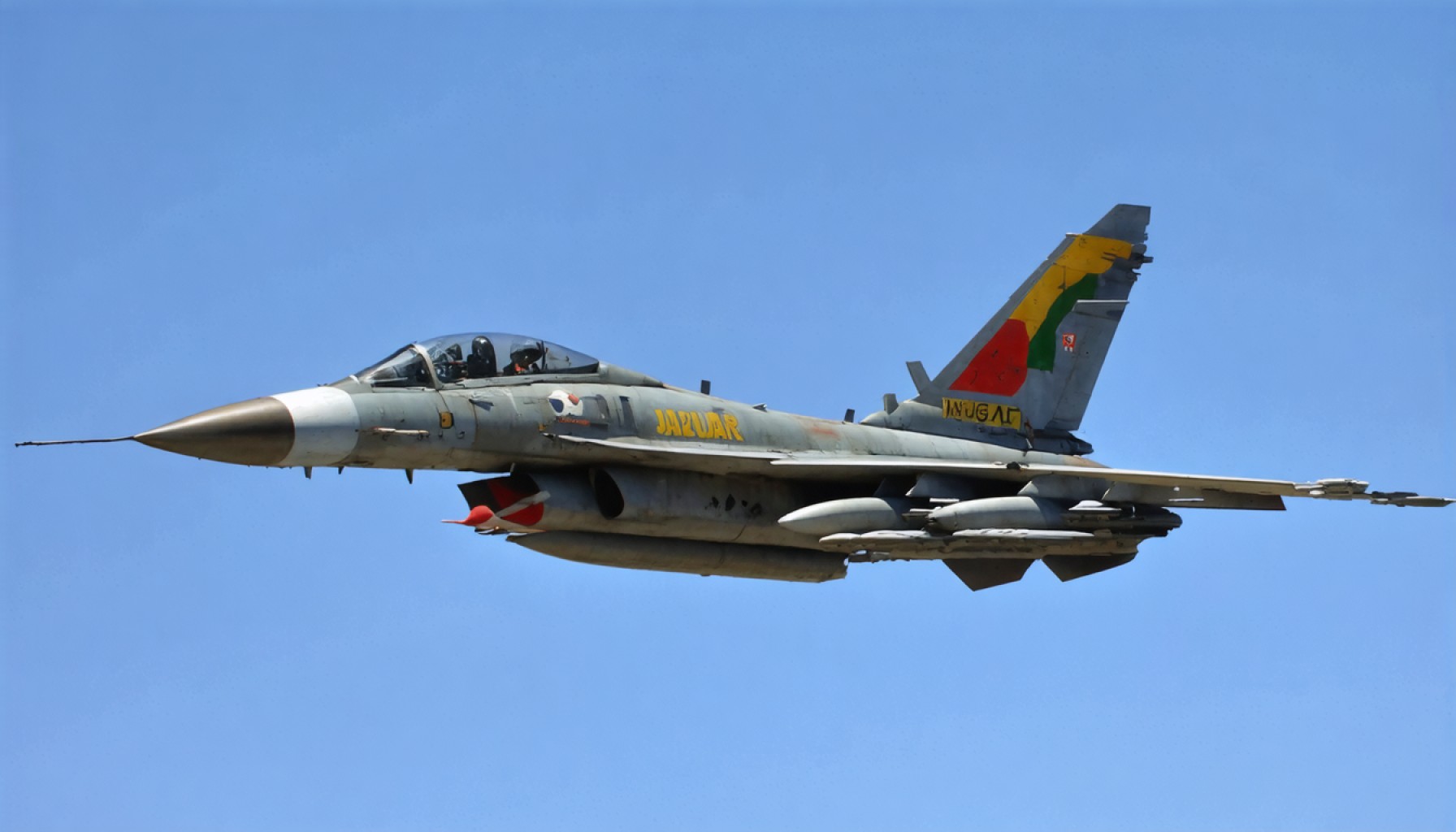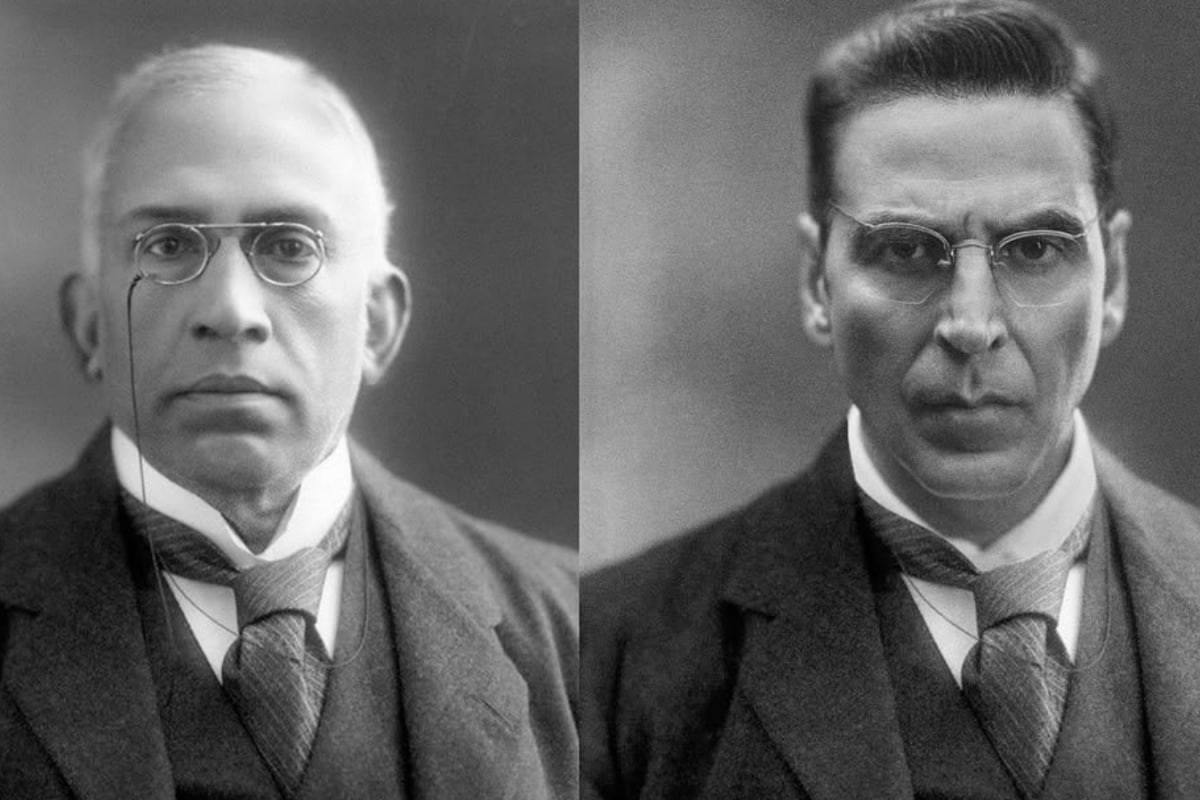An Indian Air Force Jaguar jet crashed near Jamnagar during a routine night mission due to an unexpected technical malfunction.The pilots executed an emergency ejection; one survived and was treated for injuries, but tragically, the other did not survive.The incident underscores the risks faced by armed forces, highlighting issues in aviation safety and operational hazards.
The Indian Air Force expressed deep regret and solidarity with the family of the fallen pilot.A Court of Inquiry has been launched to investigate the crash and improve safety measures, echoing previous incidents like the Ambala crash.This event emphasizes the commitment and sacrifices of military personnel in their duty to protect the nation.

Watch this video on YouTube.The dense silence of the Gujarat night was rent apart by the jagged roar of an Indian Air Force Jaguar, a fighter jet slicing through the sky on a routine night mission. Yet, what began as a calculated operation above the sleepy fields near Jamnagar became a heart-stopping tragedy, one that would send ripples through the Indian Air Force community and beyond.
In the darkened hours, just as the city of Jamnagar lay cocooned in stillness, the Jaguar jet, akin to a speeding predator of the air, met an unexpected technical malfunction. Faced with a drastic choice, the pilots decided to exercise the ultimate escape maneuver: ejection. With precision honed by countless hours of training, the pilots initiated the sequence, sending them careening through the night sky, their parachutes unfurling like ghostly blooms against the darkness.
The fighter crashed into the earth of Suvarda village, a vast open field playing unwilling host to the burning wreckage. Flames leapt up in a crimson dance as local villagers rushed from their homes to bear witness to the surreal devastation before them. Upon arriving at the scene, responders discovered one pilot, dazed yet alive, having successfully ejected to safety.
He was swiftly taken into medical care, the surrounding urgency a testament to the raw fragility of the moment.However, a stark and sobering silence fell over the rescue efforts when it was discovered that the other pilot had not survived the ordeal. The news was met with a collective inhale from those around, a poignant reminder of the risks our servicemen face in the line of duty, protecting the nation.
In a public statement, the Indian Air Force expressed its profound regret over the loss, emphasizing solidarity with the family of the deceased. This incident isn’t isolated; it echoes a similar catastrophe not long before—the crash in Ambala—as another Jaguar was brought down by a malfunction.Such incidents ignite an urgent dialogue on aviation safety, pushing the defense forces to reflect and reform.
The Indian Air Force has thus ordered a Court of Inquiry, aiming to dissect every detail of what went wrong. These investigations are pensively awaited, with the hope that uncovering the cause will forge a path toward preventing future tragedies.This story is not just about the mechanics or the tragic loss—it serves as a solemn reminder of the valor and sacrifice inherent to those who guard the skies.
Behind every takeoff, each night mission, lie lives committed to a cause larger than self, reminding us of the silent promise each pilot takes: to protect at all costs, even if it means soaring into the unknown.Heart-Stopping Jet Crash: Unanswered Questions and Vital Safety InsightsExploring the Incident: Key Questions and Critical InsightsThe tragic crash of the Indian Air Force Jaguar near Jamnagar raises several critical questions and concerns regarding aviation safety, pilot training, and aircraft maintenance. Here are additional insights that dive deeper into various facets of this incident:1.
Technical Malfunctions and Aircraft Safety – Common Issues: Jaguars, the aircraft involved, have faced multiple technical malfunctions in recent years. Common problems include engine failure and technical glitches in avionics systems. – Upgrades Needed: Military experts have suggested that the aging fleet requires significant upgrades to improve safety standards.
Modernizing avionics, incorporating advanced fail-safe systems, and improving engine reliability are imperative.2. Pilot Training and Ejection Protocols – Ejection Seat Mechanism: Pilots are trained extensively for ejection scenarios.
The Martin-Baker ejection seat used in the Jaguar is known for its reliability. However, the tragic loss of one pilot suggests the need for an investigation into whether the ejection process functioned correctly. – Simulator Training: Continuous simulator training can enhance a pilot’s reaction to malfunctions.
Pilots benefit from experiencing virtual emergencies regularly, ensuring quick and precise decision-making in real scenarios.3. Indian Air Force Investigations and Reforms – Court of Inquiry: The ordered inquiry will scrutinize the crash and recommend safety protocol reforms.
Historically, such investigations have led to actionable insights that help prevent future accidents. – Adoption of New Guidelines: Post-accident reports often push for the adoption of new operational guidelines that could include better communication systems and enhanced emergency preparedness protocols.4.
Impact on Defense and Community – Community Engagement: The involvement of local villagers in the initial response highlights the need for better community awareness programs related to aviation accidents. – Defense Morale: Such incidents deeply affect the morale within the defense community. The risk to life is a constant burden, yet it also strengthens the resolve and camaraderie among servicemen and women.
Industry Trends and Market ForecastTransitioning to Next-Gen FightersThe air force globally is transitioning towards advanced fighter jets. India, for instance, has been increasingly investing in newer models like the Rafale and is looking forward to indigenous developments such as the HAL Tejas.Enhancement of Maintenance PracticesExpect a surge in innovations related to real-time monitoring of aircraft health and predictive maintenance to identify potential failures before flights.
This trend is gaining traction and could reshape maintenance protocols within defense aviation.Pros and Cons OverviewPros– Improved Equipment: Newer aircraft offer better safety, efficiency, and firepower.– Advanced Training: Enhanced pilot training programs can reduce the risk of fatal accidents.
Cons– Budget Constraints: Upgrading entire fleets requires significant investment, often complicated by budget limitations.– Dependency on Foreign Tech: Modernization may increase dependency on foreign technology, which can be risky in geopolitical terms.Actionable Recommendations– Immediate Fleet Check: Conduct a thorough inspection of the remaining Jaguar fleet to pinpoint and rectify potential issues.
– Enhanced Training Modules: Increase the frequency of emergency protocol drills for pilots, incorporating the latest technology.– Community Safety Workshops: Implement educational workshops to prepare local populations for responding to such crashes.By addressing these considerations, the Indian Air Force and other defense bodies can enhance safety and reduce risks, ensuring inspirational stories of bravery and commitment continue to fill the skies.
For more information on defense innovations and safety standards, visit the Indian Air Force.Artykuł A Night Mission Turned Tragic: The Story of IAF Jaguar’s Fatal Crash pochodzi z serwisu BeBlog..
A Night Mission Turned Tragic: The Story of IAF Jaguar’s Fatal Crash

An Indian Air Force Jaguar jet crashed near Jamnagar during a routine night mission due to an unexpected technical malfunction. The pilots executed an emergency ejection; one survived and was treated for injuries, but tragically, the other did not survive. The incident underscores the risks faced by armed forces, highlighting issues in aviation safety and operational hazards. The Indian Air Force expressed deep regret and solidarity with the family of the fallen pilot. A Court of Inquiry has been launched to investigate the crash and improve safety measures, echoing previous incidents like the Ambala crash. This event emphasizes the commitmentArtykuł A Night Mission Turned Tragic: The Story of IAF Jaguar’s Fatal Crash pochodzi z serwisu BeBlog.











